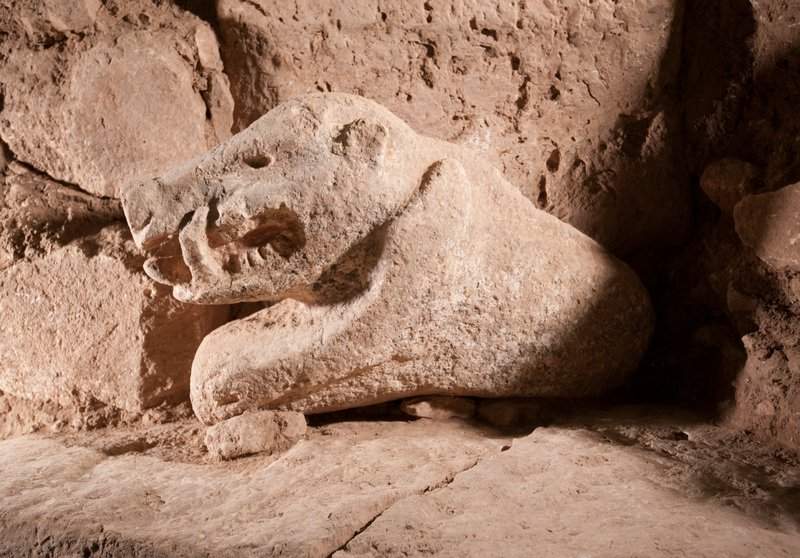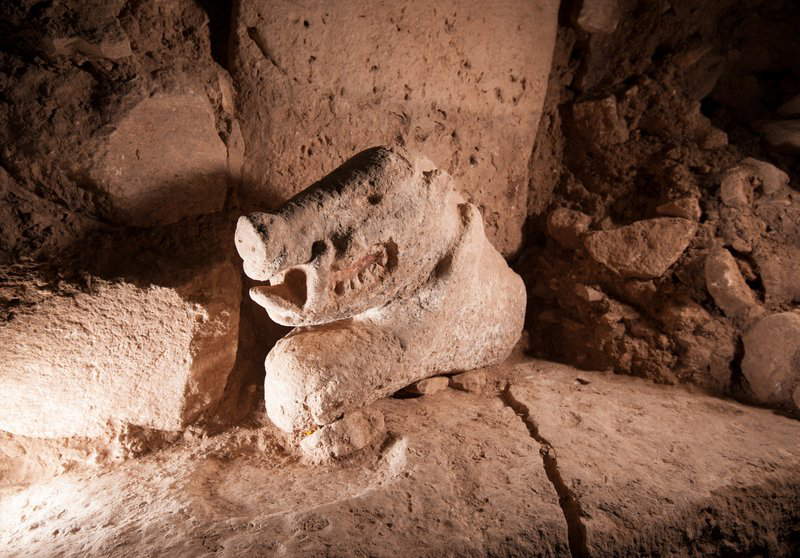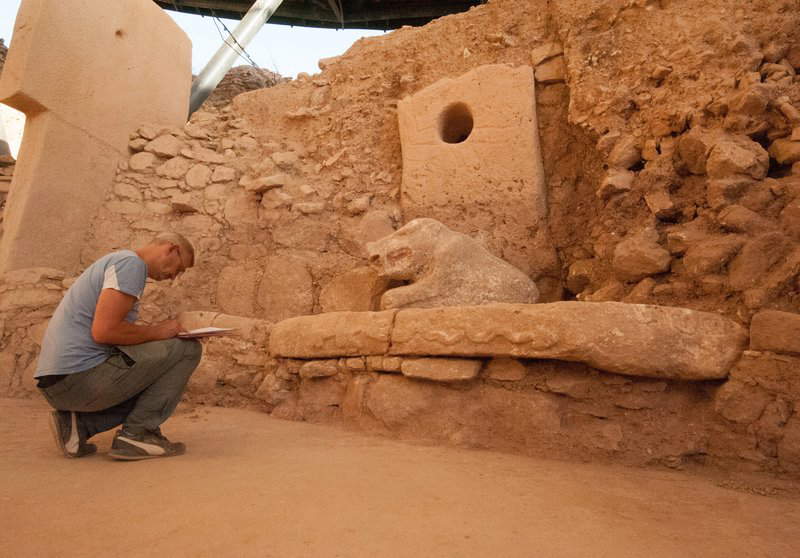“Full the hotels in Tunis for the summer holidays/Sometimes a thunderstorm wouldn’t let us out/One man of a certain age often offered me Turkish cigarettes but I hope the era / Of the White Boar /I hope the era / Of the White Boar returns soon.” So sang Franco Battiato, buonanima, in his song L’era del cinghiale bianco (The era of the white boar ) with an oriental atmosphere in both the sounds and the setting of the video. And here we are today: the white boar is back.
In fact, inUpper Mesopotamia, a region that saw the birth of the oldest civilizations in history, now located in Turkey, bold discoveries were made just thinking about them. In 2020, the archaeological site of Göbekli Tepe, located on a limestone mountain ridge in the province of Åžanlıurfa in southeastern Turkey, came to light, megalithic in size with complex architecture and distinctive pillars because they are T-shaped. A few days ago inside it, as part of a project resulting from a collaboration between Istanbul University and the German Archaeological Institute (a project aimed at shedding light on Turkey’s prehistory), very important discoveries were made on a global scale: human and animal sculptures were found. In fact, ancient statues have been discovered including human statues and, unbelievable to say, a life-size statue of a wild boar in limestone, very white.
We are in a Neolithic site (in the pre-Ceramic Neolithic period, between 9,600 and 8,200 B.C.), yet there are colored pigments on the boar that suggest it was also painted. A painted stone boar in the “ground zero of history” as the press release of Turkey’s Ministry of Culture very effectively titles it.



Archaeologists, giving news of the find point out, that “The life-size boar statue was found in the ’D-shaped structure’ of Göbekli Tepe, on its surface can be seen residues of red, white and black pigment, making it the earliest known painted statue from the Neolithic period. The statue was found on a bench with decorations thought to be an H-shaped symbol, a crescent moon, two snakes and three human faces or masks.”
And on the human sculpture they say that “it is one of the most impressive examples of prehistoric art, one of the most realistic sculptures of the period has been unearthed: it stands as a candidate to be one of the most impressive examples of prehistoric art with a realistic facial expression, it was found fixed to the ground in a bench.” The statue is 2.3 meters tall.
In the area where the seated statue was located, “where the ribs, spine and shoulder bones were highlighted,” Turkish archaeologists explain, “evoking a dead person, a vulture statue placed on the wall and stone slabs left on the floor were reached.”
The area of Göbekli Tepe is about 9 hectares, and the monumental architecture built in this wasteland is impressive, with large T-shaped monolithic pillars carved into the limestone, among the earliest known examples of megalithic buildings built specifically for the ritual needs of their prehistoric builders. And 2 centrally placed monolithic limestone pillars (up to 5.5 m high) are common to all the monumental buildings at Göbekli Tepe.
Three of the megalithic buildings were erected directly on the natural limestone plateau, which had been carefully polished, and the two central monolithic T-shaped pillars were found at the site, that is, embedded in platforms carefully carved from the natural plateau. The two central pillars are surrounded by one or more stone walls. The surrounding walls, which can be traced to different phases of the buildings, were interrupted at regular intervals by inserted T-shaped limestone pillars, although these did not reach the same heights as the two central monoliths.
We do not know what, according to Battiato, should have happened with the boar, but Göbekli Tepe is unique for its rich and distinct collection of artistic representations, which are mainly images of animals. The T-shaped pillars themselves are anthropomorphic, as evidenced in some cases by bas-relief carvings showing arms, hands, and clothing. The artistic repertoire also includes numerous stone statues and figurines of animals and humans, as well as small artifacts adorned with multiple depictions and symbols.
 |
| Outstanding discovery in Turkey: found prehistoric statue of a wild boar |
Warning: the translation into English of the original Italian article was created using automatic tools. We undertake to review all articles, but we do not guarantee the total absence of inaccuracies in the translation due to the program. You can find the original by clicking on the ITA button. If you find any mistake,please contact us.